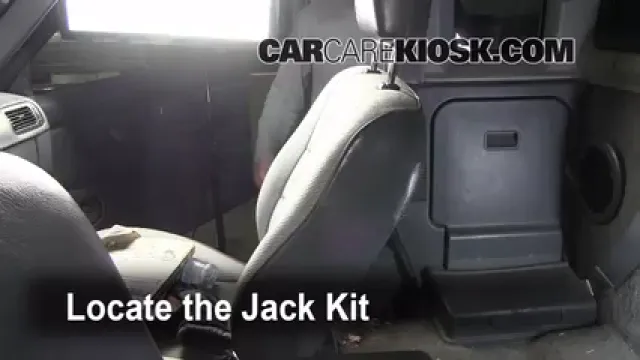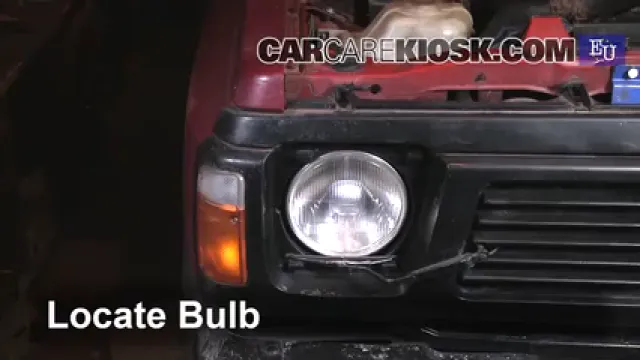Consumer Review Video - 1993 Nissan Patrol LX 2.8L 6 Cyl. Turbo Diesel
Common problems and easy repairs on a 1993 Patrol
The 1993 Nissan Patrol LX is a moderately difficult vehicle to maintain and is only recommended to those capable of vehicle maintenance. You will need to use many tools to access the engine air filter. Other models do not require the use of tools for this repair. To change the tail light bulb you will have to completely remove the tail light housing first. The screws that secure the housing can be difficult to pull out. You will have to completely remove the bulb housing for access to the parking light bulb. The tools necessary may not be readily available for a repair.
Some things are easier on the 1993 Nissan Patrol LX. The brake fluid reservoir is easily visible in the engine bay. This will make it easy to check and replenish the fluid level on a regular basis. Changing the front and rear wiper blade will be easy to do. Other models will require the use of tools but you can remove these blades with a simple push of a tab. Checking the oil level is easy, as the oil dipstick is easily accessible in the engine bay.
Author
Hans Angermeier has produced over 100,000 videos showing drivers how to fix things on their cars. He has broad expertise on basic repair procedures covering the majority of cars on the road.












